Whether you love or dread the process of stocking a wheeler, food shopping is a necessity. We all need to eat, and we all need the various household products that fuel not only our bodies but also our modern homes. These vast emporiums that are our modern supermarkets, however, can be daunting for first-time shoppers and beginner home chefs.
There's no getting around the fact that food shopping takes a big chunk of time. The process, these days, can also be depressingly expensive, especially for those on a tighter budget. However, if we plan ahead, resolve to shop smarter, and take a few key steps to shopping more affordably, we can make this process as painless as possible.
Curious how? Read on for my three keys to better food shopping.
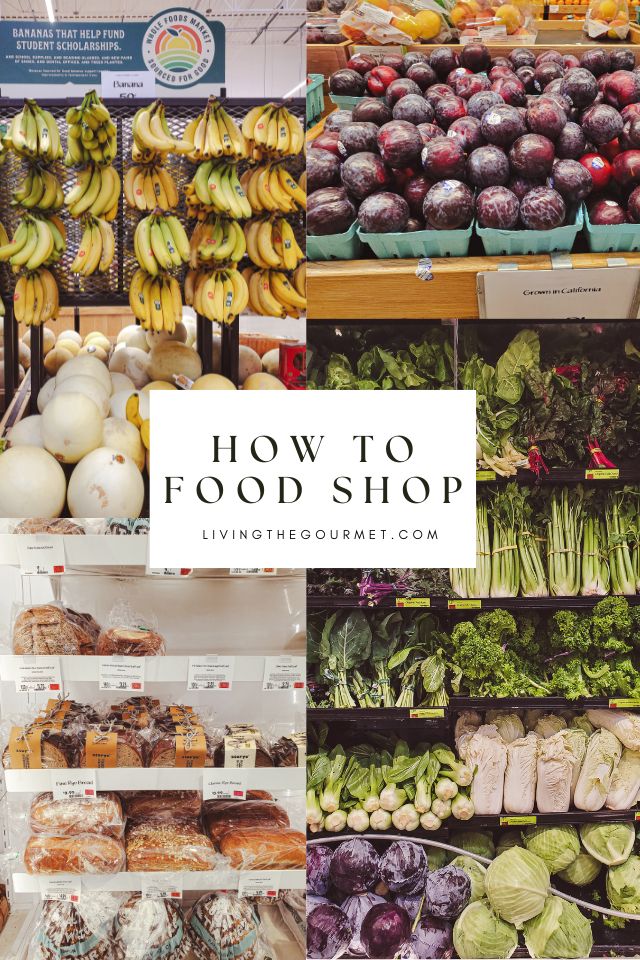
Planning Ahead - Creating a Shopping Strategy
Food shopping without a plan makes the process tedious and more expensive. Streamlining the process, and avoiding unnecessary purchases, start by taking stock of what you want and need, and then composing a list. This doesn't mean creating an exhaustive checklist, but a little planning does definitely go a long way. Creating a shopping strategy before heading to the supermarket, will make the entire process faster, smoother, and more budget-friendly. Here's how:
- Defining Success: A successful shopping trip in my view is one that minimizes tedium, takes as little time as possible, and avoids as many unplanned purchases as possible.
- Create a Shopping List: I know this might sound cliché, but I cannot stress enough how the first step in any successful shopping trip is to make a list of everything you plan to buy. This doesn't mean a detailed list or menu, but rather a rough idea - decide if you're making pasta, fish, or steaks, and then plan for that in the list. Also, be sure to take into account all three meals and snacks. Low on breakfast items like yogurt or eggs? Do you need more snack items like crackers or dried fruits? Put that in the list. Once you have a rough outline for meals, jot down the basic ingredients you will need. This list will serve as your roadmap in the store. It will both ensure that you don't forget anything essential and that you avoid as many impulse buys as possible - the cost of which adds up quickly.
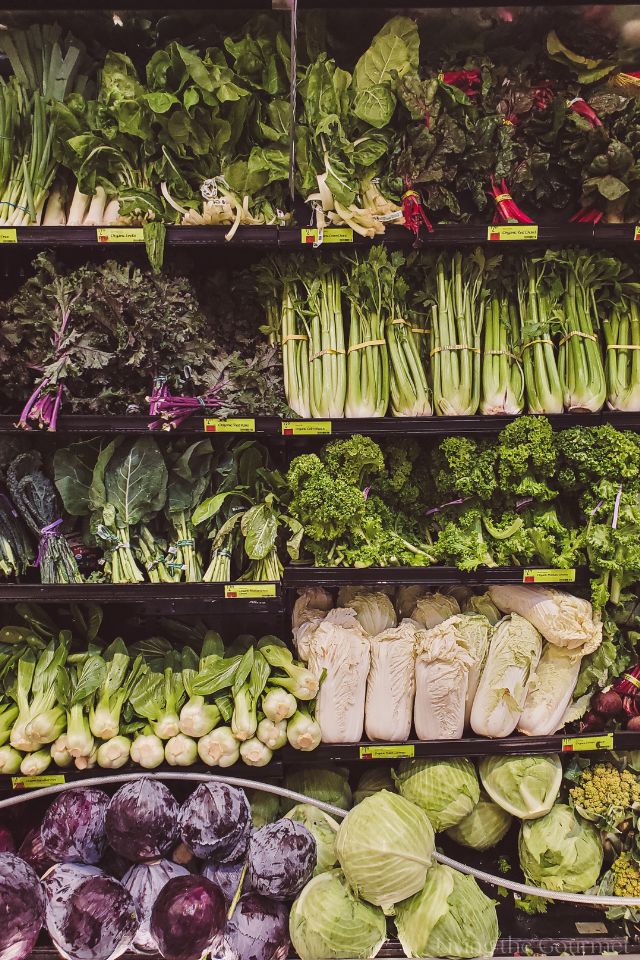
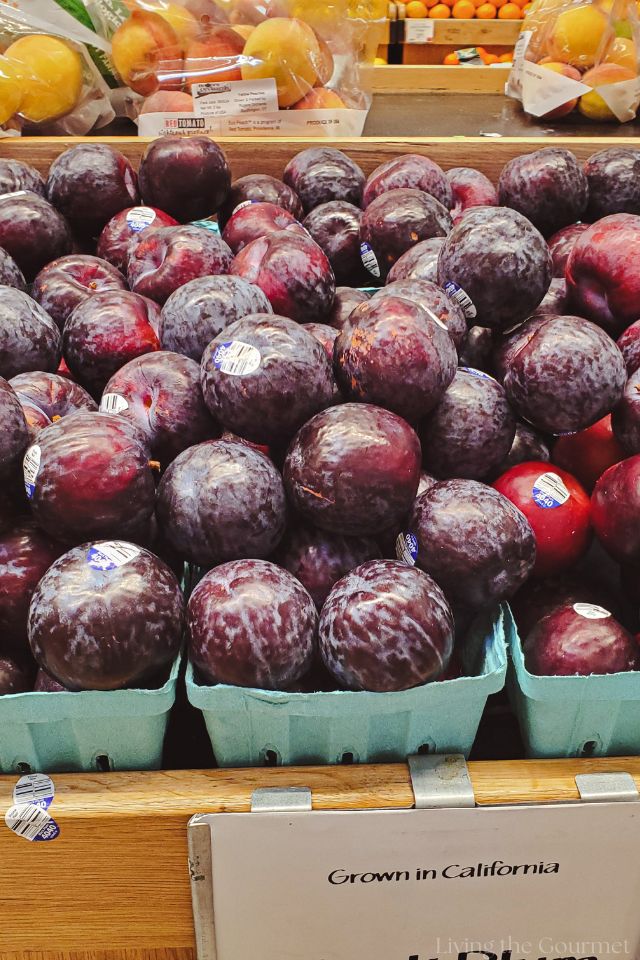
- Check Your Pantry and Fridge: As you're finalizing your list, be sure to take a few minutes to check your pantry and fridge and do a quick inventory before deciding on what you plan to buy. How often have you come across items that have been stored well beyond their best-buy date? That's wasted money. So be sure that you aren't buying duplicates and instead use up what you've got. Let's be real, there's nothing worse than buying a bottle of olive oil or a bag of flour, only to come home and find three already sitting on the shelf - one of which has already expired. Other times you'll realize that you do not, in fact, have the things you thought you did, and that means either doing without or making a second trip - and a second trip is not only a hassle, it costs money. In other words, checking what you've got on hand prevents waste, and preventing waste saves time and money.
- Stick to Your Plan: Look, there's no point in taking stock, making a plan, and then writing out a list if you don't stick to it. Once you've checked your supplies and made your list, resolve to stick to it. Yes, we've all succumbed to whatever our subconscious has picked as our latest crave, or succumbed to the algorithmic marketing that preys upon our senses like a devil in the desert - but the key is not giving in. Those craving buys add up, and so do the attached calories. If something catches your eye, check if it's on the list, if not, ask yourself if you really need it.

Shopping Smarter - Shopping Easier
As I mentioned in the intro, navigating the supermarket can indeed be overwhelming for first-time shoppers and beginner home chefs, no questions asked. There are seemingly endless aisles, each stocked with a seemingly endless amount of products, and among those seemingly endless products are an equally endless array of temptations. Even the perimeter walls are stocked to overflowing with an array of products. Indeed, the modern supermarket can be equal parts beautiful and overwhelming in its bounty.
Where, and how, to start? This may be the ultimate in first-world problems, but one that nevertheless deserves an approach.
The truth is that by adopting a few simple strategies, you can create a shopping routine that not only simplifies your trips but also leads to healthier choices.
- Stick to the Perimeter: The first and best tip I can give you in regards to shopping smarter is to focus on the perimeter of the store. No, seriously. If you take only one thing away from this article, take this one piece of advice. Begin your food shopping by circling the perimeter of the store. The perimeter is where you'll find fresh produce, dairy, block tofu, meats, and other 'whole foods.' By doing this, you start your shopping by filling your cart with the good stuff.
- Avoid Processed Foods: Avoid the aisles filled with processed junk. If a food product started its life in a lab (as a corporate science project), you shouldn't be eating it. These items are almost universally filled with some combination of processed sugars, unhealthy fats, sodium, preservatives, or chemicals designed to make the foods addictive. Yes, everyone needs to indulge occasionally, but rather than making a habit of perusing these aisles, make that the rare exception.
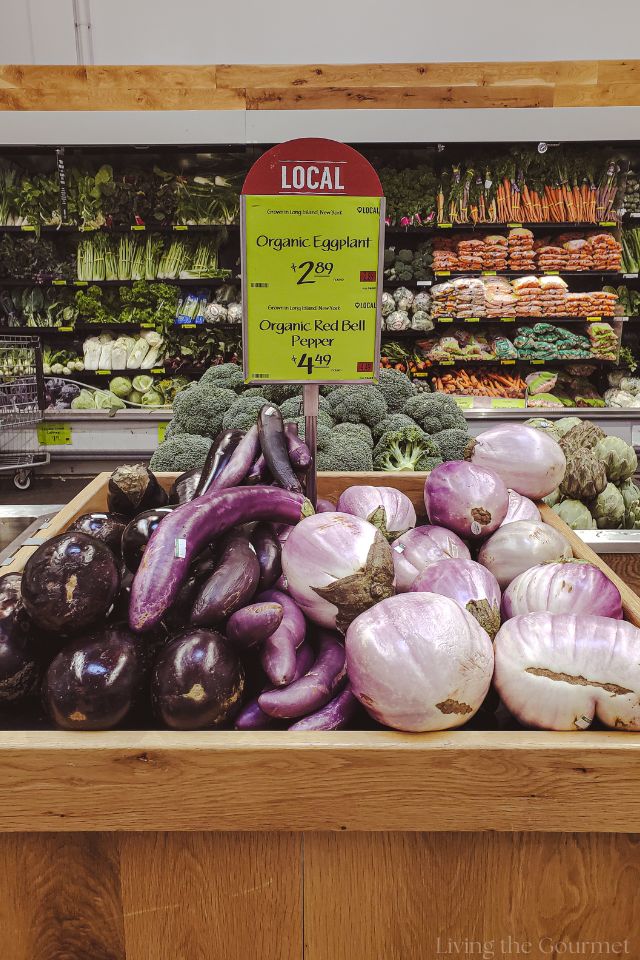

- Develop a Routine: Shopping smarter isn't just about what you buy, it's also about how you shop. This means developing a consistent routine to help build good habits around how you keep your pantry and fridge stocked. When it comes to food shopping, efficiency is enjoyability, as no one wants to spend large amounts of time (and thus money) in the food store. Start by finding a store you can both trust and regularly afford. Create a mental map of the place, so that you know where your staple items are located, and the overall quality and routine of the store itself. This helps build organization, and the establishment of healthy habits, allowing you to move through the store with purpose so as to not become sidetracked. Over time, this routine will become second nature, allowing you to build healthy and efficient food-stocking habits.
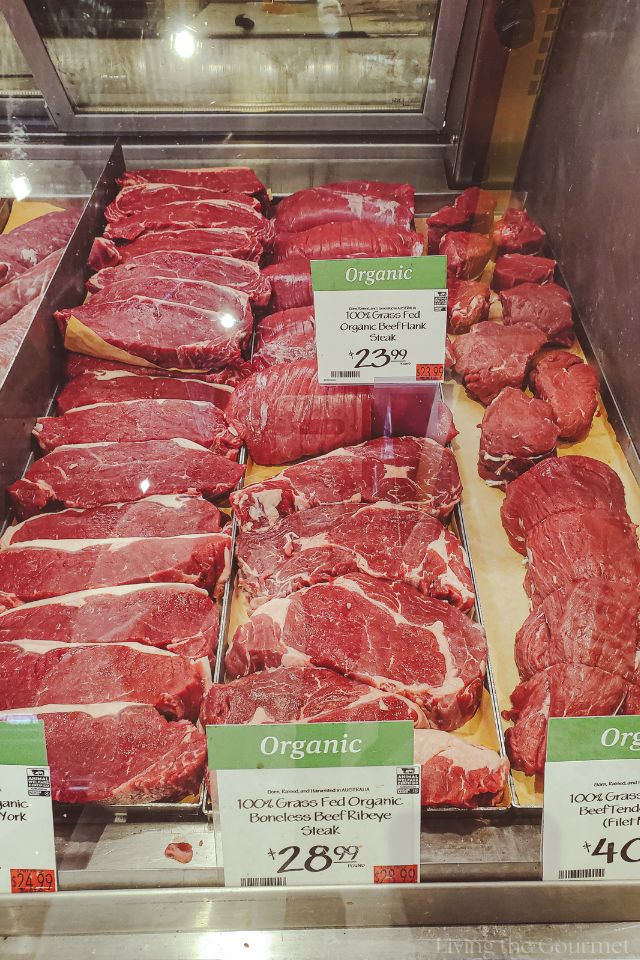
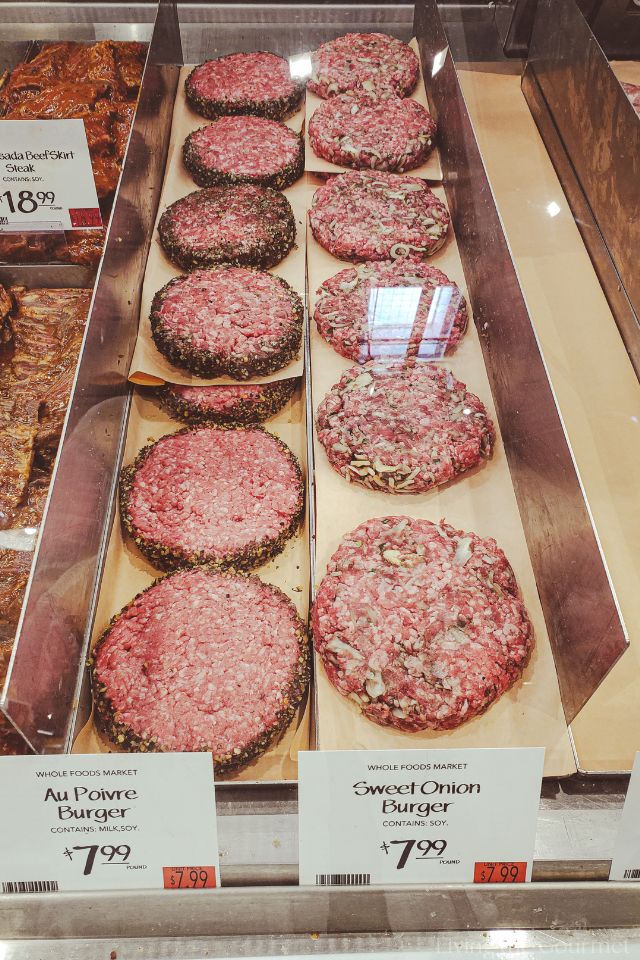
Comparing Prices - Shopping Affordably
We've talked about saving money, but it's important to remember that saving money doesn't have to mean sacrificing quality. On the contrary, with just a few smart strategies, and a few good shopping habits, you can stretch your budget further while still bringing home quality ingredients.
So, how do we do this? To start, one of the most effective ways to shop affordably, while ensuring quality, is to simply compare prices, opt for store brands when the quality is comparable, and buy in bulk when it makes sense. Here's how:
- Look at the Price Per Unit or Ounce: The price tag on the shelf is not the whole story. Yes, it's easy - and time-saving - to check only the price tag on the shelf. However, to understand which products offer the best value, you need to start with the price per ounce or the price per unit (whichever is most applicable). This information is almost always freely available, listed in small print right on the shelf label, often right beside the product price. By comparing the price per unit across different brands and package sizes, you can determine which option gives you the most value for your dollar. For instance, a larger package might seem more expensive at first glance, but it often costs less per ounce. Conversely, there are instances where a bundle of smaller packages equates to a better price per ounce than the larger package. This is why you need to check the price per ounce and per unit. The small difference in price might not seem like a lot at first, but it adds up over time, especially for items that you buy regularly.

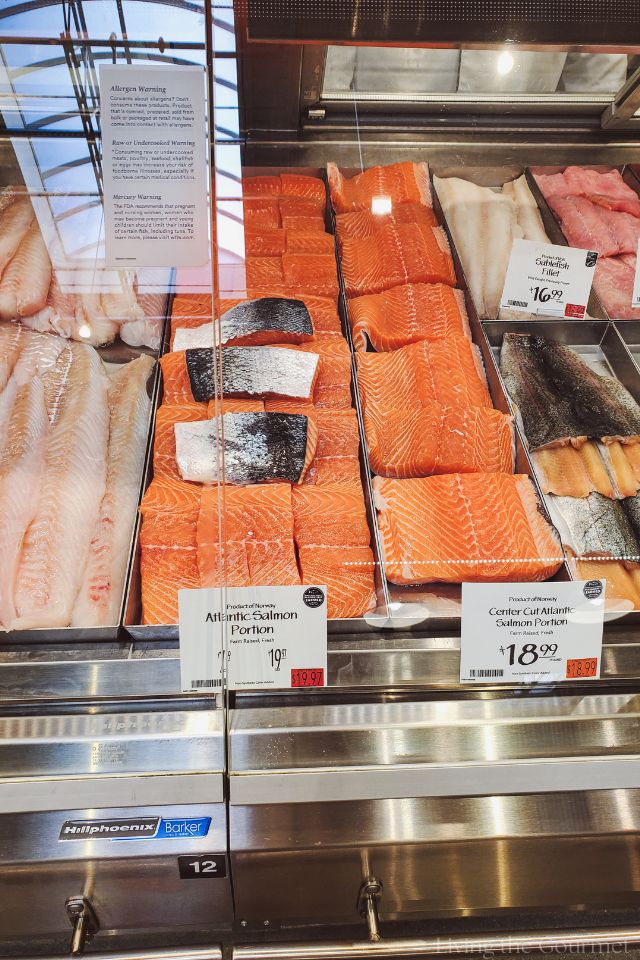
- Consider Store-Brand Products: Another key to merging affordability and quality, and one of the easiest ways to shop savvy, is by choosing store-brand products. These items are often produced by the same manufacturers as their name-brand counterparts but are sold at a lower price (for a variety of reasons that my word count does not allow me to delve into). There is no denying that store brands have come a long way in recent years. So, keep an eye out for generic alternatives, and you'll start to see the savings almost immediately.
- Buy in Bulk When It Makes Sense: Buy more, save more. Yes, buying in bulk can indeed save you a few dollars per purchase, especially on items that you use regularly and that can sit on a shelf without spoiling. Examples might be things like rice, dried pasta, or various canned goods. Things like these are almost universally cheaper when purchased by the case (or in otherwise large quantities). That said, spoilage defeats the purpose. Even the most stable of canned goods have expiration dates - as does pasta and rice. Even baking soda, for example, eventually spoils. So be mindful of those best buy dates. That said, only buy in bulk if you are certain that it won't go to waste - as waste equals expense.
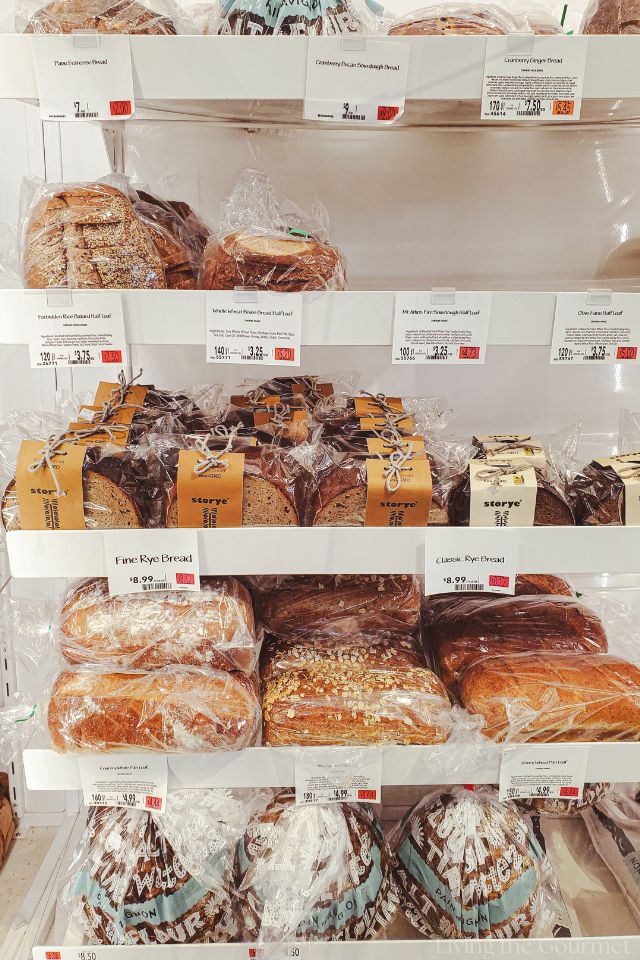
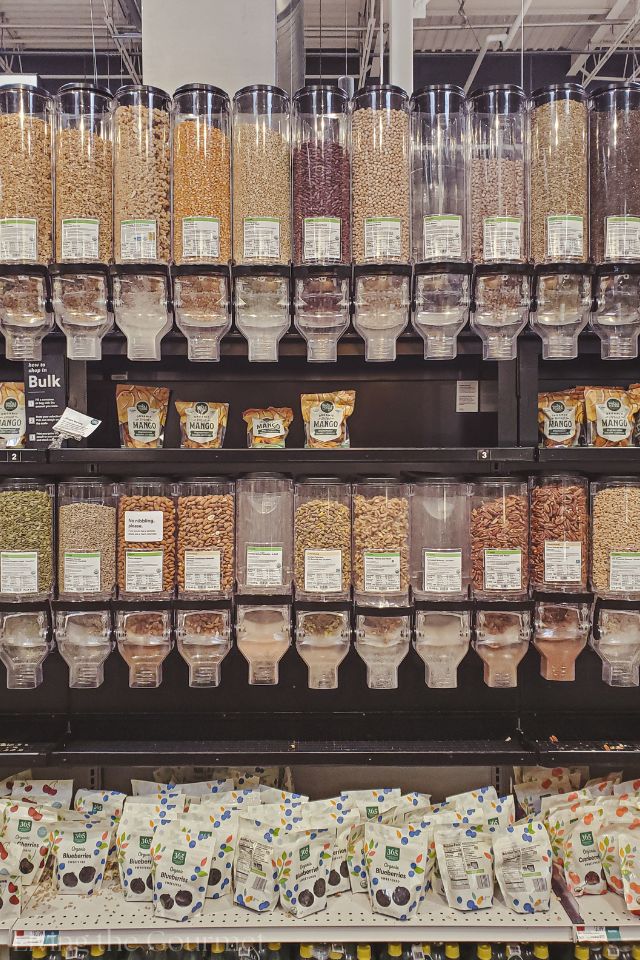
And that's our shopping guide. For more helpful tips, check out our 5 Savvy Tips for Smart Grocery Shopping. If you have any questions or suggestions, be sure to let us know in the comments below. We always love hearing from you!
Happy Shopping!
1




Leave a Comment